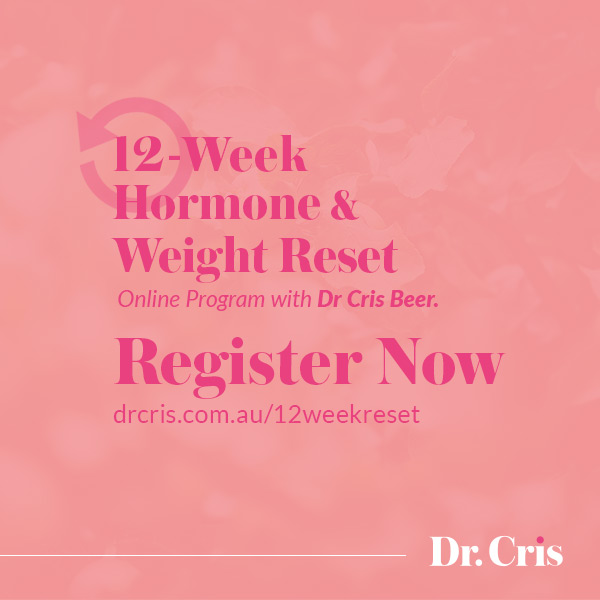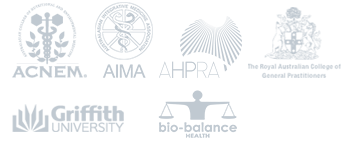Poor posture is often a leading contributing factor to our aches and pains. Going back 100yrs this was not as much of an issue as it is now. Even our kids are developing postural issues due to having less playtime and needing more study time to keep up with today’s gruelling curriculum.
So how do we look after our posture to avoid the common muscular and skeletal conditions that can come from not having our spine correctly aligned?
What Are Symptoms of Poor Posture?
When you compare the pictures below of correct and poor posture you can quickly see why the following symptoms of poor posture can arise.
I learnt this first hand as I suffered for quite a few years from neck pain to the point that I thought that I would one day need to have surgery. I was getting shooting pains down my arms especially at night. I noticed that these symptoms would all get worse around university exam time and when I was stressed. But I did not correlate my symptoms with my poor studying posture. I had a bad habit of stooping over my text books for many hours at a time without having a break. To make matters worse others had started noticing my slouched posture. My family would say to me, ‘Stand up straight.’
Luckily I married a physiotherapist (physical therapist) and quickly learnt all about correct posture and why this was so important. To this day I am very mindful of my posture and attempt to do all that I can to look after it. I am pleased to report that I am pain free more days than not, and the shooting pains have stopped. But you don’t need to marry a physio to know when you might need to change your posture.
These following symptoms may be a sign that you are in need of some guidance in this area.
The symptoms of poor posture include the following:
- Stiff neck muscles
- Difficulty turning your head completely in all directions either with or without pain
- Headaches
- Tight upper back muscles
- Back stiffness and pain
- Pinched nerves in your spine
- Lower back pain
- Tender spots or ‘knots’ in your back or neck muscles
These symptoms occur because the smaller supportive central muscles that hold up our spine become weakened and/or fatigued due to poor spinal alignment. The larger muscles are then forced to do the job of the smaller spinal support muscles and become tight as result. The outcome is taut, tender muscles. The worst outcome in this situation is that if our posture remains poorly aligned for too long we can develop permanent skeletal changes such as a curved spine (scoliosis), a humpback (kyphosis), and/or a sway back (lordosis). Fortunately these conditions can be largely prevented; even if we were born with some skeletal misalignments, they can be improved and prevented from worsening with correct postural techniques.
#healthyhabits #healthyliver #hormonehealth
Dr Cris Beer
Holistic Medical Doctor
Author ‘Healthy Habits, 52 Ways to Better Health‘ and Healthy Liver



